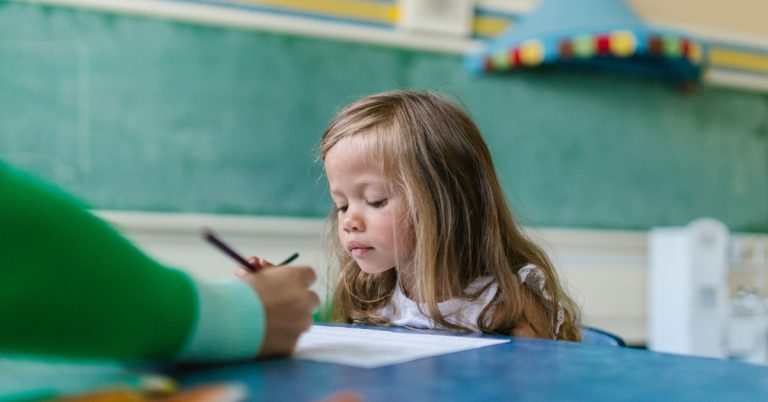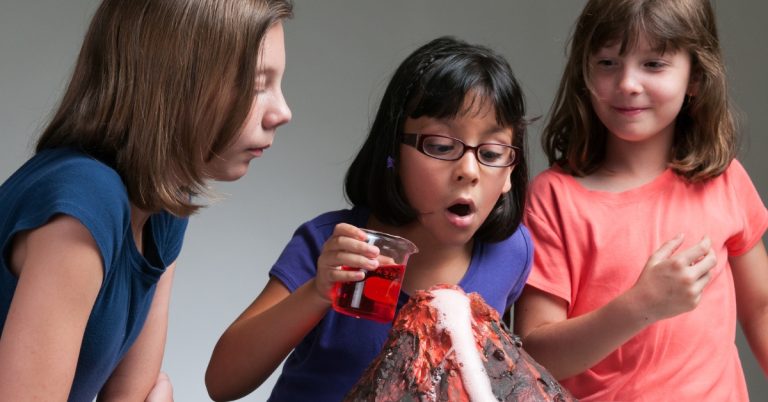In a rapidly changing world that increasingly values innovation and adaptability, traditional approaches to education are undergoing profound transformations. The shift towards creative learning in education is not merely a trend; it reflects a necessary evolution that recognizes the diverse needs of students and the complex demands of the 21st-century workforce. By fostering creativity, collaboration, and critical thinking, creative learning unlocks potential in students, empowering them to become active participants in their own educational journeys and equipping them with the skills necessary to thrive in an ever-evolving society.
What is Creative Learning?
Creative learning transcends conventional educational practices that often prioritize rote memorization and standardized testing. It encompasses teaching methods that encourage exploration, imagination, and experimentation. In creative learning environments, students are given the freedom to engage with their subjects in meaningful ways, promoting deeper understanding and retention of knowledge.
Creative learning emphasizes interdisciplinary approaches, where subjects intersect and real-world applications are vital. By integrating arts, sciences, and humanities, educators can cultivate a holistic learning experience that inspires curiosity and responsiveness to societal challenges.
The Benefits of Creative Learning
Enhanced Engagement: One of the most significant effects of creative learning is the increased engagement it fosters among students. When students are allowed to pursue their interests and express their ideas, they become more invested in their education. This emotional investment translates to improved attendance, participation, and overall enthusiasm for learning.
Development of Critical Thinking Skills: In creative learning environments, students are challenged to think critically and solve complex problems. They learn to evaluate information, consider multiple perspectives, and develop innovative solutions. These critical thinking skills are essential not just in academics but in everyday life and future careers.
Fostering Collaboration: Creative learning often involves collaborative projects that require students to work together, share ideas, and learn from one another. This teaches them valuable interpersonal skills and the importance of teamwork, which are fundamental in almost every professional setting.
Encouraging Risk-Taking and Resilience: Creative learning emphasizes the process of exploration and innovation. Students learn that failure is an integral part of creativity, which encourages them to take risks and develop resilience. This mindset is critical in a world where change is constant, and the ability to adapt is paramount.
Individualized Learning Paths: Creative learning recognizes that each student has unique strengths, interests, and learning styles. By allowing students to pursue projects that resonate with them personally, educators can tailor learning experiences that foster individual growth. This personalization enhances motivation and can lead to higher achievement.
Practical Applications of Creative Learning
Project-Based Learning (PBL): PBL is a teaching method where students gain knowledge and skills by working on a project over an extended period. Students are tasked with solving real-world problems, which encourages them to engage deeply with the content and reflect on their learning processes.
STEAM Education: The inclusion of the arts within the traditional STEM (Science, Technology, Engineering, and Mathematics) framework creates STEAM education. This integrative approach emphasizes creativity in scientific and mathematical fields, showcasing the interconnectedness of disciplines.
Makerspaces: Makerspaces are collaborative workspaces where students can create, invent, and learn through hands-on experiences. Equipped with tools like 3D printers, electronics, and craft materials, these spaces encourage experimentation and promote a do-it-yourself culture among learners.
Storytelling and Digital Narratives: Using storytelling in education allows students to express their understanding creatively. Incorporating digital tools for storytelling helps students develop technical skills while nurturing their narrative abilities and critical thinking.
Challenges and Considerations
Despite the myriad benefits, integrating creative learning into education is not without its challenges. Educators may face constraints such as rigid curricula, standard assessments, or limited resources. Additionally, balancing creativity with necessary foundational knowledge can be tricky.
To overcome these obstacles, schools must foster a culture that values creativity, provide professional development for teachers, and encourage administrative support for innovative practices. It is essential that policymakers recognize the importance of creative learning and allocate resources that facilitate this transformative approach.
Conclusion
Creative learning is not just an educational trend; it is a fundamental shift in how we approach teaching and learning in the modern era. By prioritizing creativity, collaboration, and critical thinking, we can unlock the potential of every student, equipping them with the tools to navigate and contribute positively to the world. As we continue to embrace this transformative power in education, we pave the way for a generation of learners who are not only knowledgeable but are also innovative thinkers and problem-solvers, poised to address the challenges of the future.



